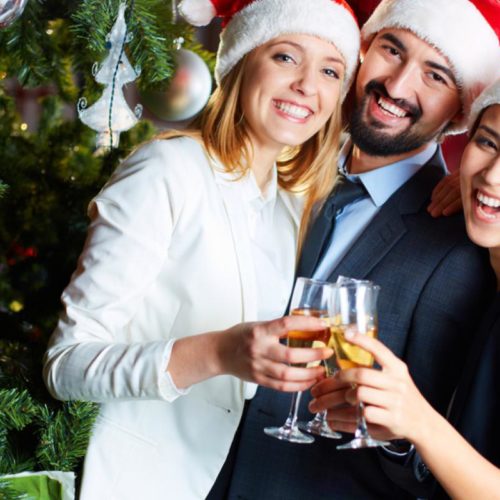Through the Tunnel to the Towers, This Foundation Honors 9/11’s Fallen Heroes
"True heroism is remarkably sober, very undramatic. It is not the urge to surpass all others at whatever cost, but the urge to serve others at whatever cost. "
Quality sites
- Non Gamstop Casinos UK
- Casino Non Aams
- Non Gamstop Casinos
- Casino Not On Gamstop
- Gambling Sites Not On Gamstop
- Non Gamstop Casino
- UK Casino Not On Gamstop
- Non Gamstop Casino UK
- Non Gamstop Casinos UK
- Casinos Not On Gamstop
- UK Casino Not On Gamstop
- カジノ オンライン
- Casino Sin Licencia
- I Migliori Casino Non Aams
- Non Gamstop Casinos UK
- UK Online Casinos Not On Gamstop
- Non Gamstop Casino Sites UK
- Top Betting Sites UK
- UK Online Casinos Not On Gamstop
- Best Non Gamstop Casino
- Sports Betting Sites Not On Gamstop
- Non Gamstop Casino
- Casino Non Aams
- Crypto Casinos
- Migliori Siti Casino Online
- Tous Les Sites De Paris Sportifs Belgique
- Meilleur Casino Belgique En Ligne
- Lista Casino Online Non Aams
- 本人 確認 不要 オンライン カジノ
- คาสิโนคริปโต
- Casino En Ligne France
- No Kyc Casino
One gorgeous, sunny September morning in 2001, the “city that never sleeps” bustled like any other Tuesday morning, with students hurrying to school and professionals rushing to catch the next metro downtown to try and make it to work on time. A 34-year-old Brooklyn firefighter named Stephen Gerard Siller had just finished the late shift at Squad 1 and was on his way to play a round of golf with his brothers when his scanner crackled to life. A plane had just hit the North Tower of the World Trade Center. He raced back to the station to get his gear.
On his way, Siller called his wife, Sally, and asked her to postpone the golf date with his brothers. He quickly retrieved his gear and attempted to drive across what was then known as the Brooklyn-Battery Tunnel, a nearly two-mile route that connects Brooklyn to Manhattan. But the tunnel was already closed, and traffic was a nightmare.
He parked his black Ford pickup, strapped 60 pounds of gear to his back and set out on foot, running through the tunnel and straight into the scene that, by that time, had most of America frozen in disbelief, riveted to their televisions.
No doubt, Siller fought valiantly alongside his brothers that morning as they tried desperately to evacuate the doomed North and the South Towers. He was last seen just outside the South Tower minutes before it collapsed at 9:59 a.m. Time seemed to stand still, as a blinding cloud of gray thundered through lower Manhattan.
When the dust began to settle, the only sound that could be heard was the shrill pitch of alarms attached to firefighters who would never make it out of the raging inferno. As the hours passed, the sounds grew less shrill, and before long, could barely be heard at all.

![Mom surprises son with sweetest graduation gift ever [WATCH]](../wp-content/uploads/2015/05/high-school-graduation-ceremony-500x500_c.jpg)





